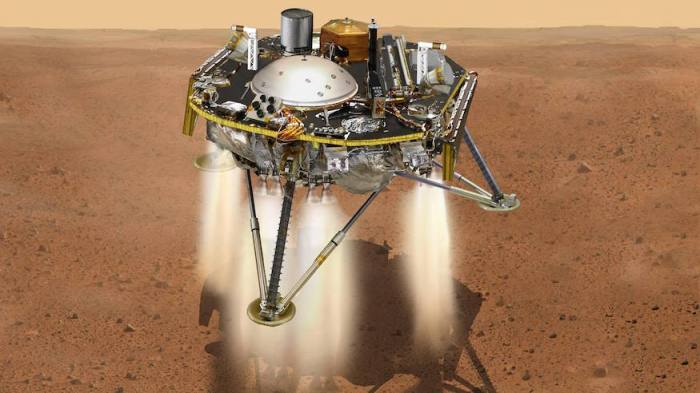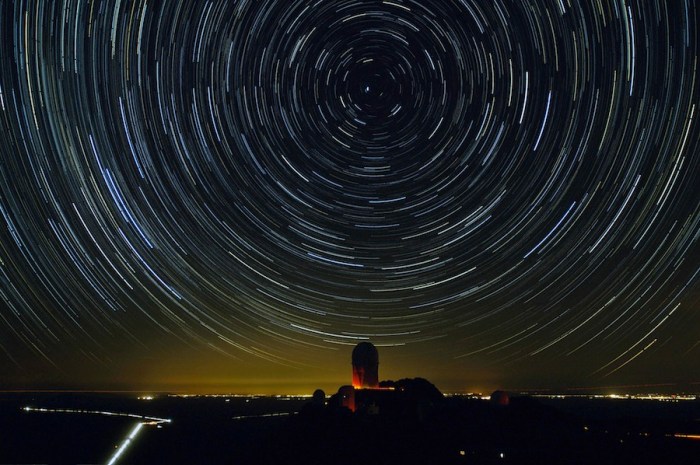It took 10 years and three billion — that’s billion with a B — miles to get there but man (and woman) have gone where no one has gone before: Pluto.
Well, a space probe has, at least.
NASA scientsts hugged, fist-pumped and fist-bumped Tuesday morning as the nuclear-powered New Horizons probe passed dead center of a 60-by-90-mile target zone between the orbits of Pluto and its primary moon, Charon, at 7:49 a.m. YES! After over 9 years & 3+ billion miles, @NASANewHorizons #PlutoFlyby was at 7:49am ET. http://t.co/Czrvonxugd pic.twitter.com/aSucgORofT— NASA (@NASA) July 14, 2015 “We have completed the initial reconnaissance of the Solar System, an endeavour started under President Kennedy more than 50 years ago and continuing to today under President Obama,” said New Horizons chief scientist Alan Stern. “It’s really historic what the U.S. has done, and the New Horizons team is really proud to have been able to run that anchor leg and make this accomplishment.”
Pluto, which has been demoted from planet status, is bigger than expected, the probe has found.
It has a diameter of about 1,473 miles, 50 miles wider than previous predictions.
Pluto is now officially bigger than Eris, one of hundreds of thousands of mini-planets and comet-like objects circling beyond Neptune in a region called the Kuiper Belt.
The discovery of this region in 1992 prompted the official reclassification of Pluto from planet to “dwarf planet.”
 COOL APP: Get the NASA Pluto app!
COOL APP: Get the NASA Pluto app!
LikeMetro New York,Metro BostonorMetro Phillyon Facebook and join the conversation.
VIDEO: See NASA scientists’ elation as New Horizons probe reaches Pluto
“This is true exploration … that view is just the first of many rewards the team will get. Pluto is an extraordinarily complex and interesting world,” said John Grunsfeld, NASA’s science chief.
It was only a 30-minute flyby, but its value to scientists and wide-eyed space afficionados is priceless.
It also marks the first time that every major object in Earth’s solar system has been visited by a probe.
The probe was to perform a carefully choreographed series of maneuvers to position its cameras and science instruments for hundreds of observations.
Officials say it won’t be until around 9 p.m. Tuesday that they get confirmation New Horizons survived its close encounter.
The notch up in girth means that Pluto consists of slightly more ice and a little less rock than predicted, an important detail for scientists piecing together the story of how it and the rest of the solar system formed.
“The Pluto system is a fossil remnant of the beginnings of our solar system,” said NASA chief scientist John Grunsfeld. “We’re going to learn more about that.”
Pluto’s diameter also affects the size of its atmosphere, which New Horizons has learned is bleeding off into space at a faster rate than expected.
Reuters contributed reporting for this article.
John A. Oswald is editor-at-large at Metro and can be found on Twitter@nyc_oz.


















